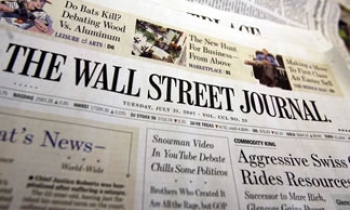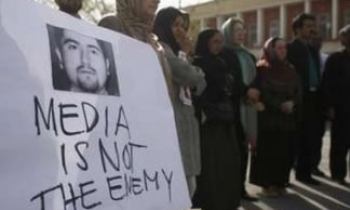NEW DELHI, August 1: It was a session that was going the archetypal corporate way. Attractive powerpoint presentations. An overabundance of graphs and charts. Natters about metrics and market segmentation, and what have you. Till, of course, the floor was thrown open. That was when two eminent journalists took centrestage and made the panelists react to something they were visibly uncomfortable about.
The panelists had spoken their minds out and the moderator had done a thorough job of moderating the session on "Media users' perspectives on challenges and opportunities", when the time came for the floor to be thrown open. India Today editor Prabhu Chawla who had all but disappeared after moderating his own session, seemed to take off where he leaves off on his Seedhi Baat television show.
Chawla raised the contentious issue about ethics — ethics of advertising and public relations agencies who resort to all sorts of tactics to extract mileage for their clients — from stooping as low as can be to armtwisting journalists. And when Chawla went ahead to describe the trend as "scary", all panelists wore a grim visage.
Chawla's bolt had come from the blue for the discussions were headed elsewhere. The panelists, none of them minnows, however, remained unruffled, but were certainly taken aback at such an issue being raised. They were quick to decry such practices in no uncertain terms. Those on the panel were Chinamani Rao, president, Universal McCann; Ambika Srivastava, chief executive officer, Zenith Optimedia; Anita Nayyar, executive director (North), Starcom India; Kartik Iyer, president, Initiative; and Shashi Sinha, executive director, Lodestar Media.
The India Today editor was soon joined by his editor-in-chief, Aroon Purie, who zeroed in on the apparently emerging consensus (during the panel discussion) about the need for advertising to be more "innovative" so as to extract maximum mileage from magazines. Purie wondered whether this innovativeness meant strewing a page with ad insertions.
Littering a page with advertisements makes it visually jarring for a reader to browse, and creates visual anarchy in a print publication, Purie said. This, he felt, was a result of unbridled and incessant pressure from advertising and media agencies on publications. Purie said the practice was bound to boomerang since advertisers were destroying the very vehicle they were riding on to higher sales.
The panelists were unanimous in their agreement with Purie. Yes, content is sacrosanct, they said unequivocally, but added in the same breath that it is up to the editors to maintain the sanctity of a periodical. If a publication is willing to sell its editorial space, there would be more than willing buyers to lap it up, they pointed out.
Asked by Purie and Chawla if any of the panelists had actually advised their own clients against trying to buy editorial space, it was Anita Nayyar alone who raised her hand promptly and with firm conviction. The issue, however, seemed to be far from resolved, with Kartik Iyer reiterating that advertisements have to be present on the same page as the content for it to make sense.









